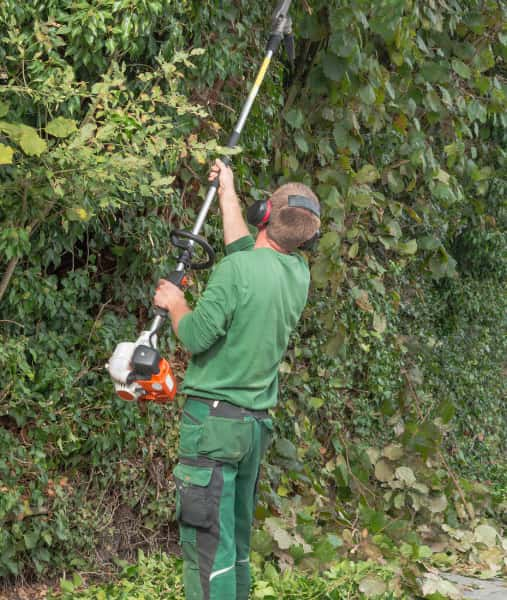Introduction: Fruit trees are a delightful addition to any garden, offering shade aesthetic beauty and a bountiful harvest of delicious fruits. However, to maintain healthy and productive fruit trees, balancing fruit production and tree reshaping is essential. At Ely Tree Surgeons, we understand the importance of both aspects. We are here to guide you through a practical approach that ensures your fruit trees thrive and bear abundant fruits while remaining structurally sound and aesthetically pleasing.
The Importance of Tree Reshaping
Tree reshaping, also known as pruning, is an essential practice that contributes to fruit trees’ overall health and longevity. Proper pruning offers the following benefits:
- Improved Airflow and Sunlight: Pruning helps open the tree’s canopy, allowing better airflow and sunlight penetration. This reduces the risk of fungal diseases and promotes the ripening of fruits.
- Enhanced Fruit Quality: Removing dead, damaged, or diseased branches ensures the tree’s energy is directed toward producing high-quality fruits.
- Structural Integrity: Pruning helps maintain the tree’s structural integrity by removing weak or crossing branches, reducing the risk of limb breakage under the weight of fruit.
- Optimal Fruit Production: Strategic pruning encourages the development of fruiting wood and spurs, increasing fruit production in the long term.
Balancing Act: Fruit Production and Tree Reshaping
Achieving the right balance between fruit production and tree reshaping requires a thoughtful and season-specific approach. Here are some practical guidelines:
- Winter Pruning: During the dormant season, typically in late winter, you can perform more extensive pruning. This is the time to remove dead or overcrowded branches, shape the tree’s structure, and thin out excessive fruit-bearing wood.
- Summer Pruning: In summer, focus on lighter maintenance tasks. Remove water sprouts, suckers, and any diseased or damaged branches. This ensures that the tree’s energy goes into producing fruit rather than vegetative growth.
- Thinning Fruits: When your fruit tree bears an abundant crop, thinning can be necessary to prevent overcrowding. This helps larger fruits develop and reduces the risk of branch breakage.
- Regular Monitoring: Monitor your fruit trees throughout the growing season. Prune as needed to maintain shape and ensure proper airflow and sunlight exposure.
- Consider the Tree’s Age: Young fruit trees may require different pruning techniques than mature ones. Young trees need shaping to establish a strong framework, while older trees benefit from maintenance pruning.
Conclusion: Balancing fruit production and tree reshaping is delicate but rewarding. With a practical approach that considers seasonal needs and the tree’s age, you can enjoy the best of both worlds: healthy, productive fruit trees that enhance the beauty of your garden. Remember that proper care and a balanced approach will help your fruit trees flourish for generations.
Call us on: 01353 880 893
Click here to find out more about Ely Tree Surgeons
Click here to complete our contact form and see how we can help with your tree’s needs.

